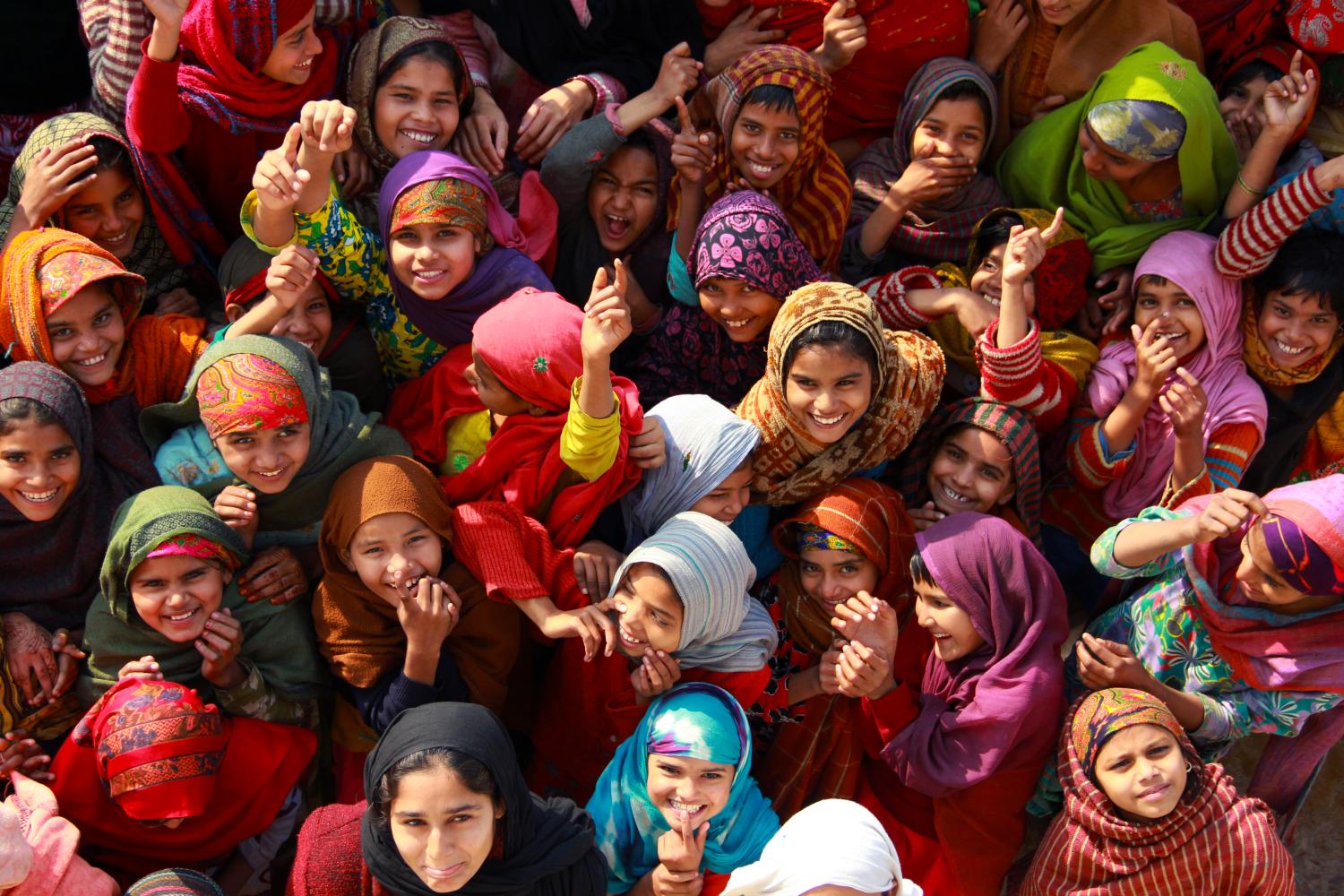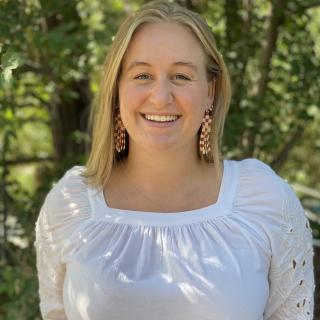Gender Equality Impact: Making Sense of Global Data

Photo by - Sankalpa Acharya
Over the next ten years, CARE has set out to help 50 million women and girls experience greater gender equality through our Vision 2030 strategy. Two years in we are already learning and evolving so we can improve outcomes and ensure impact.
In our previous post, we shared what we learned from the process of reflecting on CARE’s gender equality impact as a whole. Here we delve deeper into our data analysis to share some more specific insights, reflecting on measurement processes and the implications we’re seeing for program design.
In fiscal year 2022 CARE’s gender equality programs reached 10.9 million people across 90 countries. Since 2020, 5.9 million people across 67 countries have experienced greater gender equality in their lives. These top-level figures come from our global impact reporting system, but within this, we are able to break down our numbers to see where this impact is coming from. CARE measures change across the three areas of our Gender Equality Framework through three “framing indicators”. These aggregated indicators are tracked across all projects and sectors so we can measure to what extent they are building agency, changing gender and power relations, and transforming structures.
Analysis of these highlighted trends in our reporting on gender equality indicators and areas in which we can improve. We saw many projects that reported gender integration in programming had low levels of impact reporting against the three key framing indicators and when they did it was heavily skewed towards the agency indicator. We found that impact reporting around agency was much higher than in the other two domains. We also found that since 2020, a number of projects have reported impact across all three domains of the Gender Equality Framework.
We convened global sensemaking sessions to better understand these findings, with a focus on what we can learn from projects reporting high levels of impact and how we can address the disconnect between what is being reported in the data and what we’re seeing in action. Here we share a few of these insights:
Why agency reporting seems easiest:
-
Capturing agency impact is easier – more tools are available, results can be evident in a shorter time period and measurement is often under CARE’s direct control.
-
Program approaches often tend toward agency-focused activities.
-
Teams may need improved capacity for complex data collection. Trainings for staff and partner organizations can make sure that measurement indicators are well understood and tracked.
-
Changes in relations and structures take more time, so they are harder to measure in the life of one project.
-
Additionally, there are greater barriers to change in the domains of relations and structures – which requires increased system-level engagement.
What we learned from projects reporting across all three domains:
-
The CARE Gender Equality Framework can successfully be integrated across humanitarian and development projects of various sizes and technical focuses.
-
The Gender Equality Framework can be successfully integrated into projects that are implemented through partners.
-
Engaging men and boys and addressing GBV was also key in effectively working across the three domains of agency, structures, and relations.
-
Program planning and design should work across all three domains. Planning should include program, MEAL, and gender colleagues.
-
Regular and long-term monitoring is essential for keeping projects on track toward goals and in alignment with strategies.
Taking the time to pause and reflect on global data through sensemaking sessions is an important step for understanding our overall impact. This helped us identify ways to address low reporting on relations and structures from the earliest planning stages and how to better operationalize reporting and impact for gender equality. With solid evidence that our Gender Equality Framework can be integrated successfully across project sectors and sizes, CARE will continue to focus on ways in which we can improve its efficacy to scale our impact.
Learn more in CARE’s more detailed learning briefs and reports:
Learning Behind the Numbers Brief: Creating Lasting Change
Learning Behind the Numbers Brief: Why Agency?
Towards a Gender Just Future: CARE’s Gender Equality Annual Report 2023




